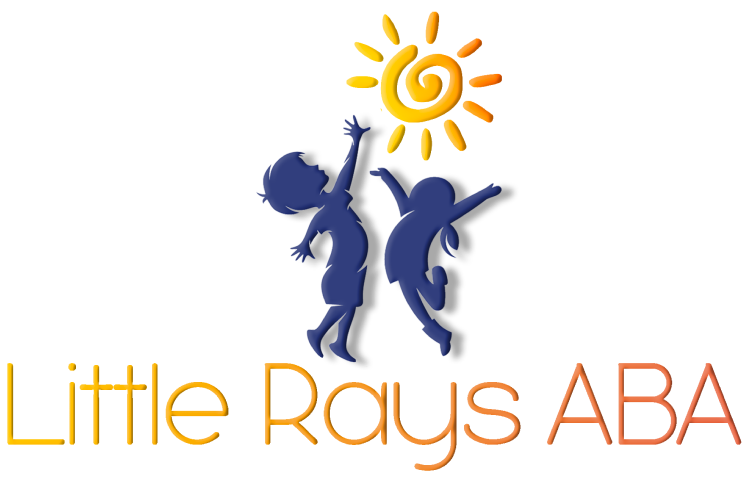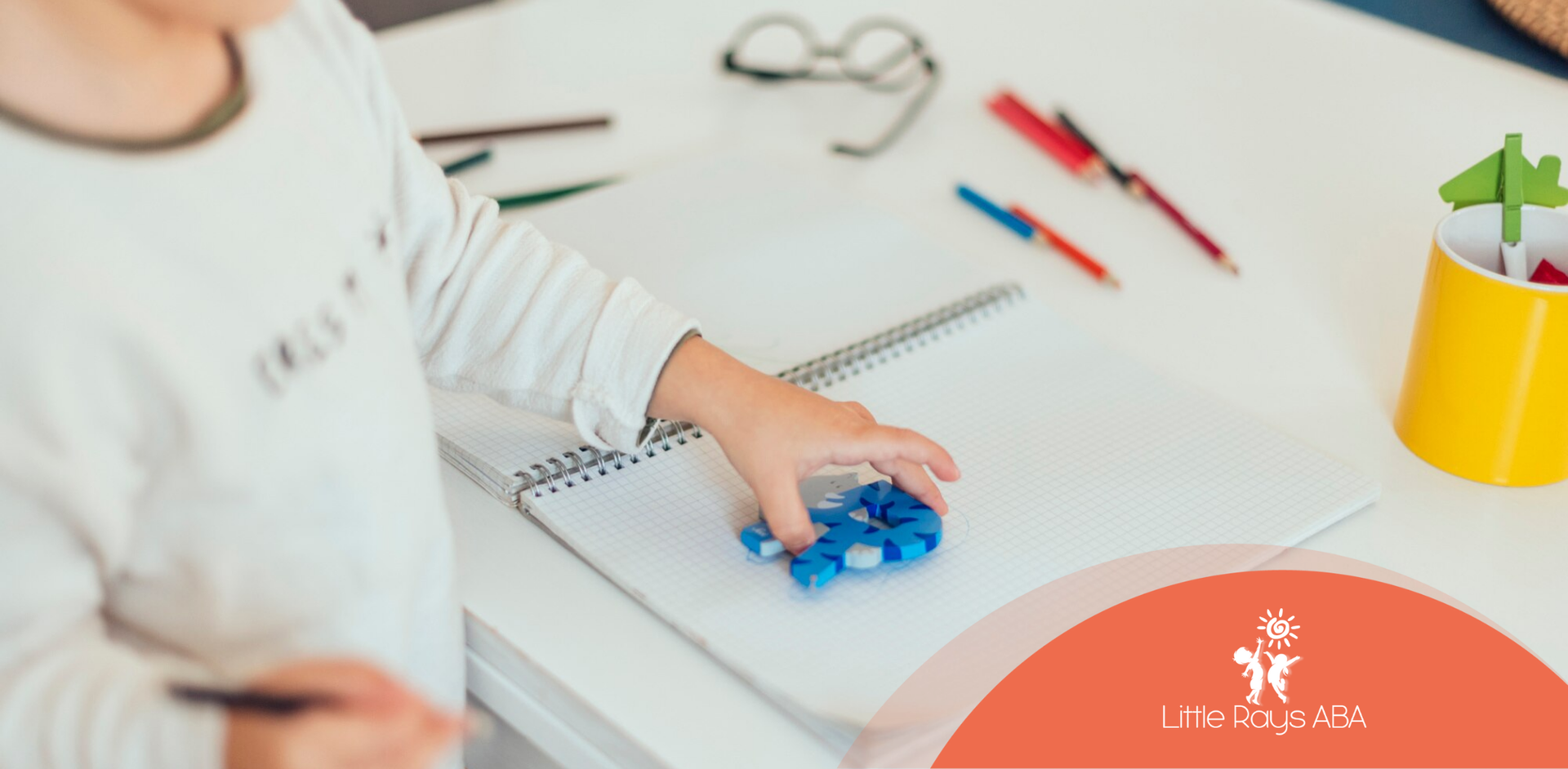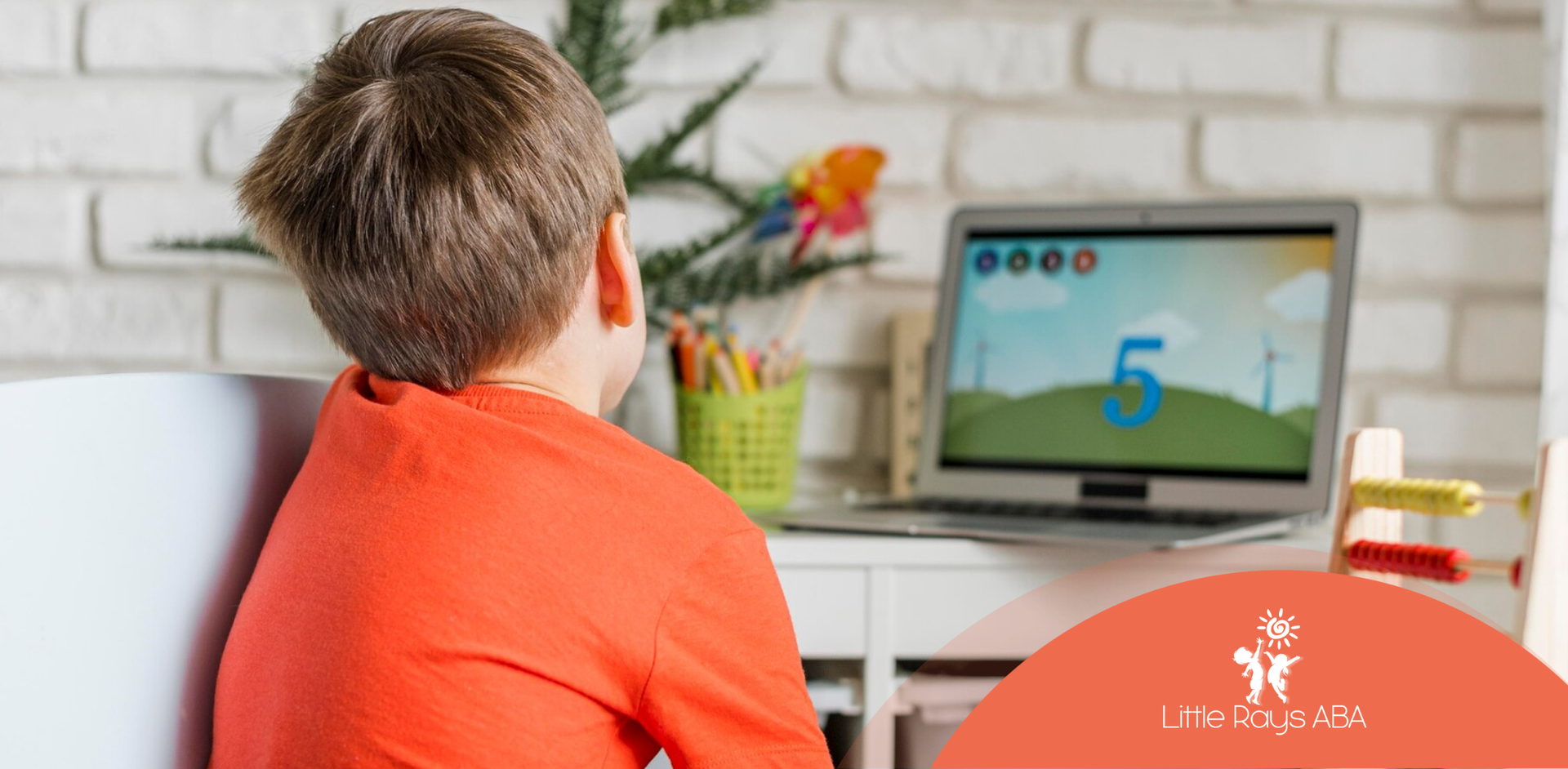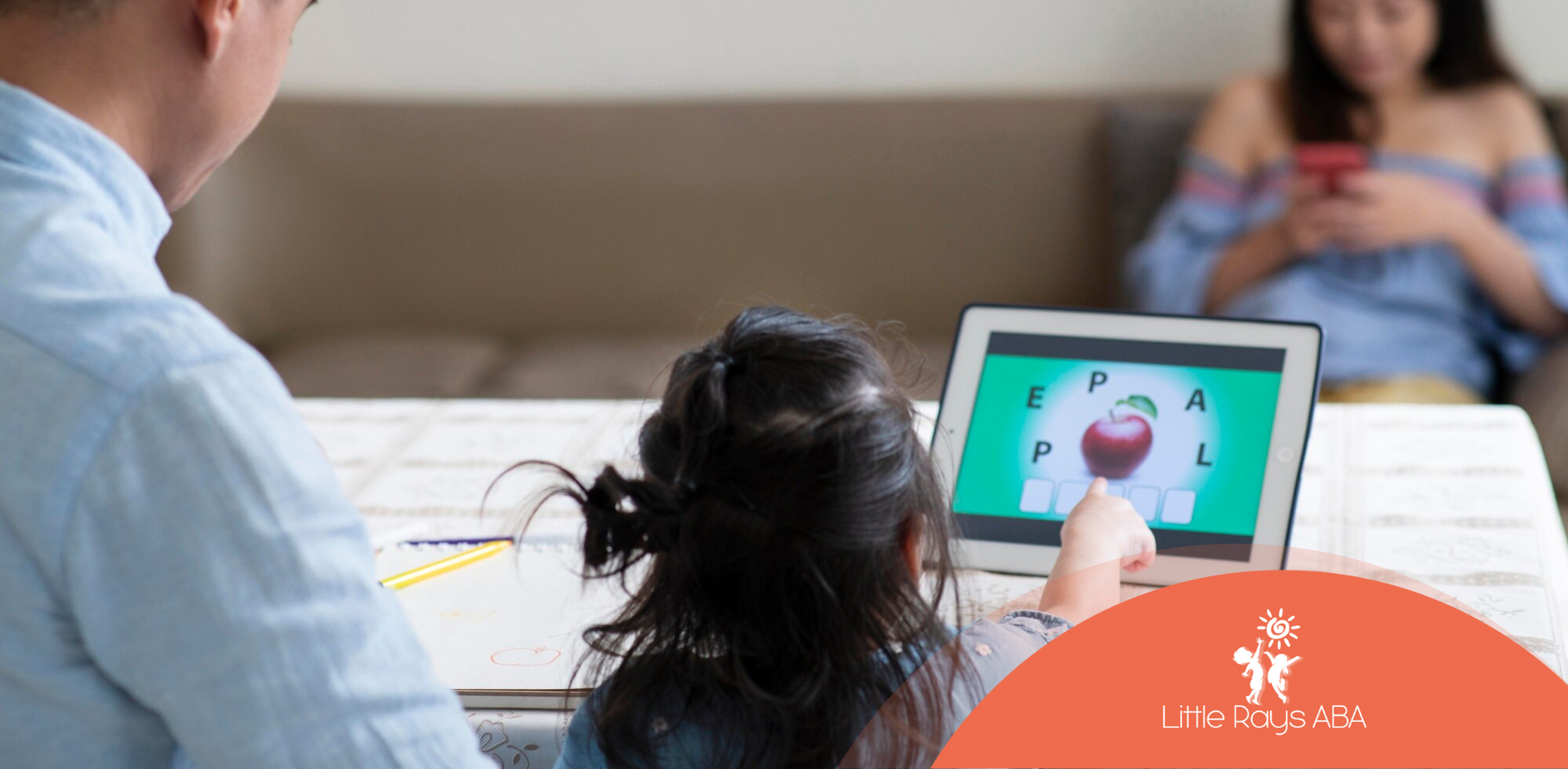Understanding Auditory Learning Styles
Characteristics of Auditory Learners
There are many types of learning styles for autism, and one is auditory learning. Auditory learners are individuals who learn best through listening. They benefit significantly from oral instruction, whether it comes from a teacher or from themselves. These learners prefer to hear or recite information and often benefit from auditory repetition. They enjoy listening but are eager to talk as well.
Key characteristics of auditory learners include:
- They tend to remember names but forget faces.
- They are easily distracted by sounds.
- They enjoy reading dialogue and plays but dislike lengthy narratives and descriptions.
- They indicate emotion through the tone, pitch, and volume of their voices.
- They like hearing themselves and others talk.
- They often talk about what to do and discuss the pros and cons of a situation.
Benefits of Auditory Learning
Auditory learning offers several benefits, especially for individuals with autism. Engaging auditory learners through oral instruction, recitation of information, and auditory repetition can enhance their learning experience.
Some benefits of auditory learning include:
- Improved memory retention through auditory repetition.
- Enhanced comprehension through listening to explanations and discussions.
- Increased engagement by participating in conversations and discussions.
- Better understanding of emotional nuances through tone, pitch, and volume.
Auditory learners can benefit from various strategies such as reading aloud, playing audiobooks, recording themselves reading texts, engaging in conversations, and making up songs to memorize information. These techniques can be particularly effective for autistic individuals, helping them to process and retain information more efficiently.
For more information on different learning styles, visit our article on autism learning styles. Additionally, explore technology-assisted learning for autism and visual learning strategies for autism to discover other effective methods for enhancing education for autistic individuals.
Auditory Learning Techniques for Autism
Importance of Auditory Learning for Autistic Individuals
Auditory learning is a crucial aspect of education for autistic individuals. Auditory learners, who rely on their sense of hearing, benefit greatly from listening or speaking activities such as audiotapes, role-playing, and repeating information out loud. This learning style can be overlooked in the classroom as these children may not appear to be paying attention due to lack of eye contact or note-taking.
Auditory learners can retain more than 75% of the information they hear, showing that auditory learning skills can increase or improve memory retention. This makes auditory learning techniques particularly beneficial for autistic individuals, as they can help enhance comprehension and retention of information.
Strategies for Auditory Learners with Autism
To effectively support auditory learners with autism, educators and caregivers can implement various strategies tailored to their unique needs. Here are some effective techniques:
- Reading Aloud: Encouraging students to read texts aloud can help reinforce their understanding and retention of the material. This method engages their auditory senses and aids in processing information.
- Audiobooks: Utilizing audiobooks allows auditory learners to listen to content, which can be more effective than reading silently. This method can be particularly helpful for students who struggle with visual learning.
- Recording and Playback: Allowing students to record themselves reading texts or explaining concepts and then playing back the recordings can reinforce learning. This technique helps students hear their own voice and improve their comprehension.
- Engaging Conversations: Facilitating discussions and conversations about the subject matter can enhance learning for auditory learners. This interactive approach encourages active listening and verbal expression.
- Memorization through Songs: Creating songs or rhymes to memorize information can be a fun and effective way for auditory learners to retain knowledge. This method leverages the natural rhythm and melody to aid memory.
- Oral Instruction and Repetition: Providing oral instructions and repeating information can help auditory learners grasp concepts more effectively. Repetition reinforces learning and aids in long-term retention.
| Strategy | Description |
|---|---|
| Reading Aloud | Encourages students to read texts aloud to reinforce understanding. |
| Audiobooks | Allows students to listen to content, aiding in comprehension. |
| Recording and Playback | Students record themselves and play back recordings to reinforce learning. |
| Engaging Conversations | Facilitates discussions to enhance active listening and verbal expression. |
| Memorization through Songs | Uses songs or rhymes to help students memorize information. |
| Oral Instruction and Repetition | Provides oral instructions and repeats information to reinforce learning. |
Implementing these strategies can significantly enhance the learning experience for auditory learners with autism. By tailoring education to their strengths, educators can promote engagement and comprehension, ultimately supporting their academic success.
Tailoring Education for Auditory Learners
Adapting Teaching Methods for Auditory Learners
Adapting teaching methods to suit auditory learners, especially those with autism, can significantly enhance their educational experience. Auditory learners benefit from methods that engage them through oral instruction, recitation of information, and auditory repetition. Here are some effective strategies:
- Reading Aloud: Encourage students to read texts aloud. This helps reinforce the material through hearing their own voice.
- Audiobooks: Utilize audiobooks for reading assignments. This allows students to listen to the content, which can be more engaging for auditory learners.
- Recording and Playback: Have students record themselves reading or explaining concepts and then play it back. This repetition can aid in retention.
- Engaging Conversations: Facilitate group discussions and debates. This interactive approach helps auditory learners process and retain information.
- Songs and Rhymes: Create songs or rhymes to memorize information. This method can make learning fun and memorable.
Enhancing Learning Experience through Auditory Techniques
Enhancing the learning experience for auditory learners involves incorporating various auditory techniques that cater to their strengths. Here are some techniques to consider:
- Audiotapes and Podcasts: Use audiotapes and podcasts as supplementary materials. These resources provide an alternative way for students to absorb information.
- Role-Playing: Implement role-playing activities to help students understand and remember concepts. This interactive method engages their listening and speaking skills.
- Repetition Out Loud: Encourage students to repeat information out loud. This reinforces learning through auditory repetition.
- Sound Therapy: Explore sound therapy as part of the learning process. While research on its effectiveness is mixed, some studies suggest it can help alleviate symptoms associated with autism.
| Technique | Description | Benefits |
|---|---|---|
| Reading Aloud | Students read texts aloud | Reinforces material through hearing |
| Audiobooks | Listening to books | Engaging and accessible |
| Recording and Playback | Recording and listening to oneself | Aids retention through repetition |
| Engaging Conversations | Group discussions and debates | Interactive and engaging |
| Songs and Rhymes | Creating songs to memorize info | Fun and memorable |
Adapting teaching methods and enhancing the learning experience through auditory techniques can greatly benefit auditory learners with autism.
Supporting Auditory Learners in the Classroom
Addressing Unique Challenges in Education
Auditory learners, especially those with autism, face unique challenges in the classroom. These learners rely heavily on their sense of hearing to process information, which can sometimes be overlooked in traditional educational settings. Understanding and addressing these challenges is crucial for enhancing their learning experience.
One of the primary challenges is that auditory learners may not exhibit typical signs of engagement, such as eye contact or note-taking. This can lead to misconceptions about their attentiveness and understanding. Teachers need to recognize that these students are actively listening and processing information, even if their behavior suggests otherwise.
Another challenge is the potential for sensory overload. Classrooms can be noisy environments, and excessive auditory stimuli can be overwhelming for autistic individuals. Providing a quieter space or using noise-canceling headphones can help mitigate this issue.
Promoting Engagement and Comprehension
To effectively support auditory learners with autism, educators can implement various strategies that cater to their strengths. Here are some techniques to promote engagement and comprehension:
- Oral Instruction: Delivering lessons through oral instruction can significantly benefit auditory learners. Teachers can explain concepts verbally and encourage students to ask questions and participate in discussions.
- Audiobooks and Recordings: Utilizing audiobooks and recordings of lessons allows students to listen and re-listen to the material at their own pace. This method reinforces learning and aids in memory retention.
- Reading Aloud: Encouraging students to read aloud helps reinforce their understanding of the material. This technique also allows them to hear the information, which can enhance retention.
- Interactive Activities: Engaging students in interactive activities such as role-playing, group discussions, and debates can stimulate their auditory learning skills. These activities promote active listening and verbal expression.
- Songs and Rhymes: Creating songs or rhymes to memorize information can be an effective strategy. This method leverages the auditory learner's ability to remember information through sound patterns.
- Repetition: Repeating key concepts and instructions multiple times can help reinforce learning. Auditory learners benefit from hearing information repeatedly to solidify their understanding.
| Strategy | Description |
|---|---|
| Oral Instruction | Delivering lessons verbally to engage auditory learners. |
| Audiobooks and Recordings | Providing audio versions of lessons for repeated listening. |
| Reading Aloud | Encouraging students to read text aloud to reinforce understanding. |
| Interactive Activities | Using role-playing, discussions, and debates to stimulate auditory skills. |
| Songs and Rhymes | Creating musical patterns to aid memory retention. |
| Repetition | Repeating key concepts to reinforce learning. |
By incorporating these strategies, educators can create a more inclusive and supportive learning environment for auditory learners with autism.
Sound-Based Interventions for Autism
Effectiveness of Sound Therapy
Sound therapy has been utilized as an intervention for individuals with Autism Spectrum Disorder (ASD) to alleviate associated symptoms. The effectiveness of sound therapy has been a subject of various studies, with mixed results. According to a comprehensive review, positive findings were reported in 27 out of 39 studies on the effectiveness of sound-based interventions for ASD. These positive outcomes included improvements in social communication, speech, behaviors, sleep quality, electrophysiology, and education.
However, not all studies have shown favorable results. Negative outcomes were reported in 5 out of 39 studies, highlighting issues in areas such as sound processing, behavior, language, social orienting, and motor development. Additionally, 7 out of 39 studies produced mixed findings, indicating that the effectiveness of sound therapy can vary depending on the individual and the specific method used.
| Study Outcome | Number of Studies |
|---|---|
| Positive | 27 |
| Negative | 5 |
| Mixed | 7 |
Impact of Sound-Based Interventions
The impact of sound-based interventions on individuals with autism can be significant, particularly in enhancing auditory learning techniques for autism. Positive outcomes from these interventions have been observed in various domains:
- Social Communication: Improvements in the ability to interact and communicate with others.
- Speech: Enhanced clarity and fluency in speech.
- Behaviors: Reduction in problematic behaviors and increased adaptive behaviors.
- Sleep Quality: Better sleep patterns and overall sleep quality.
- Electrophysiology: Changes in brain activity patterns.
- Education: Enhanced learning and academic performance.
Despite these positive impacts, it is important to note that the effectiveness of sound-based interventions can vary. The scoping review identified 16 forms of sound-based intervention and nine types of stimuli used in studies on ASD children. This diversity in methods and stimuli contributes to the mixed findings observed in some studies.
Future of Auditory Learning for Autism
Advancements in Sound-Based Interventions
Sound-based interventions have shown promising results in enhancing the learning experiences of individuals with Autism Spectrum Disorder (ASD). One notable method is the TOMATIS training method, which has demonstrated significant improvements in various symptoms associated with autism. According to NCBI, the TOMATIS method has been effective in addressing perceptual-motor, attentional, social, and emotional issues in children with ASD through both cross-sectional and longitudinal studies.
The TOMATIS method involves active vocalization and passive listening training, with personalized parameter settings for each participant based on their auditory frequency profile. This tailored approach helps in capturing relevant auditory stimuli, which is particularly beneficial for individuals with ASD who struggle with auditory hypersensitivity and social information processing. Participants in experimental groups have shown better quality of completion in audiometric curve index scores, improved left- and right-ear curve balance, and reduced spatial localization errors compared to control groups.
| Study Type | Improvements Observed |
|---|---|
| Cross-Sectional | Better audiometric curve index scores, improved ear balance, reduced localization errors |
| Longitudinal | Enhanced coordination, language, socialization, attention |
Research and Development in Auditory Learning Techniques
Ongoing research and development in auditory learning techniques continue to explore new ways to support individuals with autism. The focus is on creating more effective and personalized interventions that cater to the unique needs of auditory learners with ASD. Researchers are investigating the potential of combining sound-based interventions with other sensory modalities to enhance overall learning outcomes.
One area of interest is the integration of technology-assisted learning tools, which can provide interactive and engaging auditory learning experiences. These tools can be customized to suit the individual preferences and learning styles of children with autism, making education more accessible and enjoyable.
As the field of auditory learning for autism continues to evolve, it is essential to stay informed about the latest research and developments. By leveraging the power of sound-based interventions and innovative teaching methods, educators and caregivers can create a supportive and effective learning environment for auditory learners with autism.
Conclusion
Understanding and supporting auditory learners, especially those with autism, can significantly enhance their educational experience. By incorporating tailored strategies like reading aloud, audiobooks, and engaging conversations, we can help these learners thrive.
At Little Rays ABA, we specialize in individualized ABA therapy that supports different learning styles, ensuring that every child reaches their full potential. Contact us today to learn how our personalized approach can benefit your child!
Sources:
- https://www.llcc.edu/center-academic-success/helpful-resources/characteristics-learning-styles
- https://bau.edu/blog/auditory-learner/
- https://pmc.ncbi.nlm.nih.gov/articles/PMC9441466/
- https://www.autismparentingmagazine.com/how-sound-therapy-works/
- https://www.heart.org/en/health-topics/arrhythmia/symptoms-diagnosis--monitoring-of-arrhythmia/electrophysiology-studies-eps
Unlock Your Child's Potential with Expert ABA Therapy!
At Little Rays ABA, we provide compassionate, evidence-based ABA therapy to help children with autism thrive. Our personalized approach fosters growth in communication, social skills, and independence.
Get In Touch With Us Today to Get Started With ABA Therapy!
Related Posts
MENU
GET IN TOUCH
7117 San Salvador Dr Boca Raton, FL 33433
3200 Collins Ave Miami Beach, FL 33140





